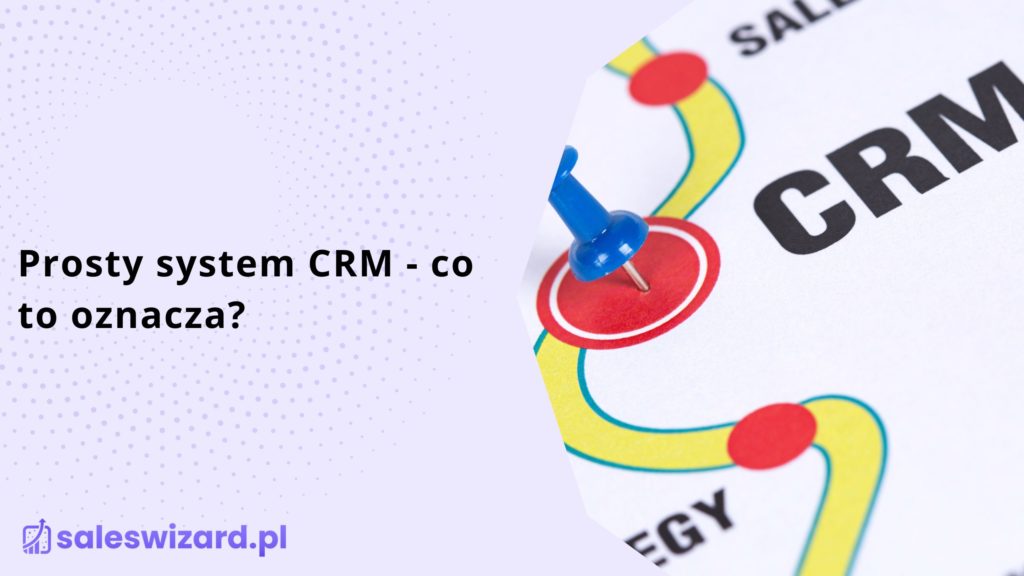One of the most common search phrases on the Internet related to CRM system is “simple CRM system.” In theory, most people think of such a tool that will make the work easier and at the same time easy to use. However, practice shows that each company and even each user may understand the phrase “simple CRM system” differently. So what does the term mean and what should a simple CRM be?
Easy-to-use CRM
Simplicity is most often understood as something easy, not difficult, with zero complexity. Although tasks are most often defined in this way, IT programs can also be given this designation. And for us – as developers and UX designers of such software – this will be a compliment. Therefore, when designing a simple CRM system, we focus on ease of use and the absence of potentially problematic factors. The intuitive CRM means that even those who are not IT proficient or reluctant to look at such upgrades will benefit from it. Ease of navigation and clarity make the CRM a pleasure to use, and training is quick.
CRM saturated with solutions
The philosophy of the golden mean states that happiness will be found when the reality around us is balanced. It is this golden mean that we have implemented in SalesWizard by adding individual tools. We wanted the CRM to be saturated with solutions, but at the same time we wanted there to be no oversaturation or under-satisfaction. In other words – our CRM system is to include such and only such tools that meet the challenges of modern business. Without unnecessary, useless additions and embellishments that disrupt ease of use. That’s also what a simple CRM system should be – with enough tools to get the most out of your business.
Efficient CRM
Although the terms “ease of use” and “efficient operation” seem to lie in two separate circles of interest, both buzzwords are identified with the concept of “simple CRM.” Simple solutions are expected to achieve specific results and predictable outcomes in the shortest possible time. That’s what happens when we reach for a migraine pain pill, and that’s what happens when we choose a CRM system for efficient customer service. An efficient CRM also manifests its simplicity in that any modifications are applied in real time. Without incomprehensible data processing sessions or the need for continuous maintenance work. This allows a dozen or even dozens of people to function in a single session, further improving productivity.
CRM to streamline work
Elements that improve our lives should, by definition, be simple and massively accessible. Example? A dishwasher that aims to relieve us of the burden of tedious dishwashing, and whose start-up is simple and will not cause anyone any difficulties. Likewise with a CRM: a simple system will streamline work, making efficient use of employee capacity. Lack of simplicity and potential complexity or over-saturation with tools will result in delayed work and unnecessary energy consumption. While this is a secondary result of the previous components – ease of use, adequate saturation and efficiency – it is this result that is considered the answer to the question “What is a simple CRM?”.
Friendly CRM
A simple CRM system can be described as “friendly” in the figurative sense of the word. Not everyone has had previous experience with this type of software and will need help in some situations. A friendly – and therefore simple – CRM system will provide him with all the answers in the form of a tutorial, FAQ section or an icon with a question mark. Complementary support should be provided by the program maintainer, which means that the CRM system should have support supervision. Explaining a potentially problematic or uncertain issue will make the user think of the CRM system as a friendly tool. This, in turn, will be associated with the association “Not that scary this CRM system, you can learn.”, which is what we, the solution providers, care about.

